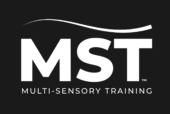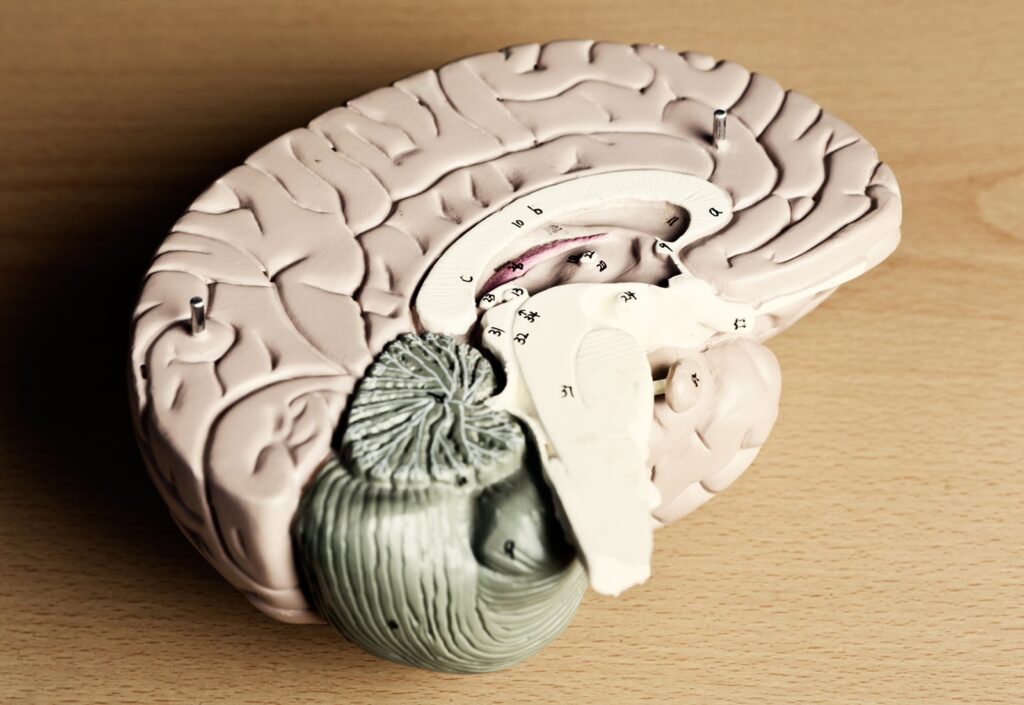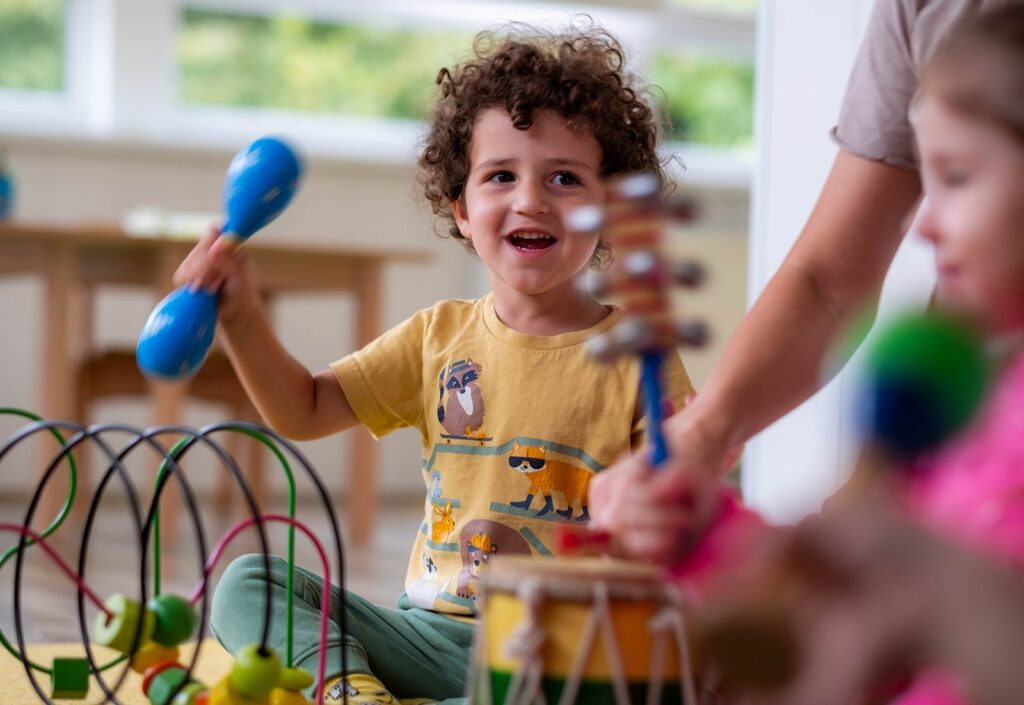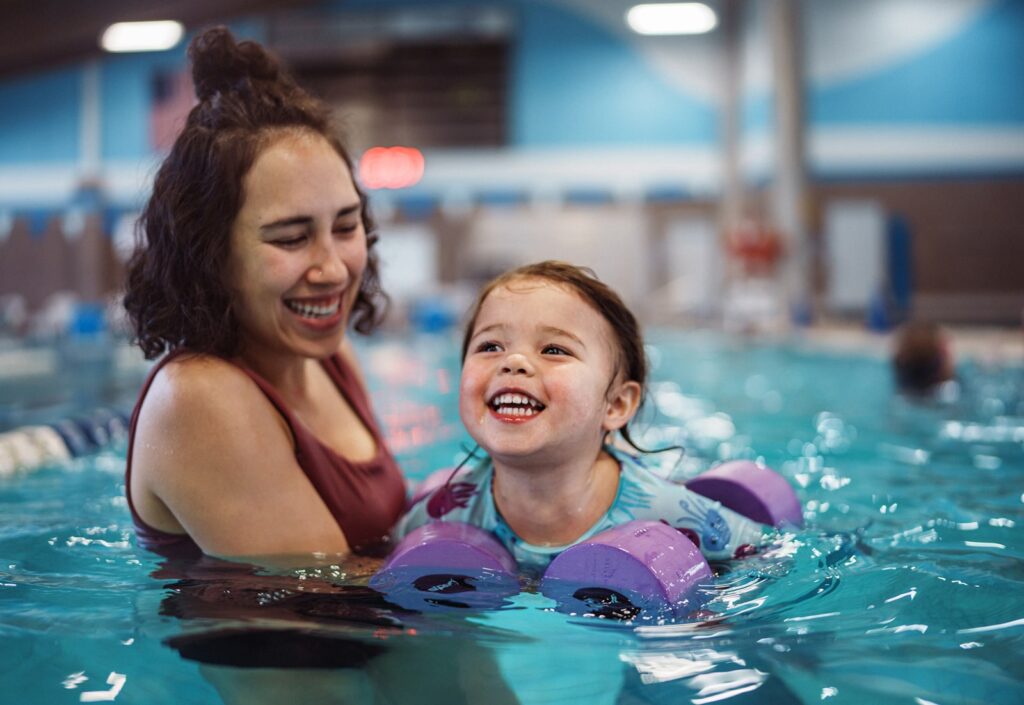Layers of Perception and Recovery
The structure of the human brain consists of multiple systems which display both structural and functional layering. The most ancient brain systems are elemental structures that manage life’s reflexes prior to the development of conscious thought. The newer brain systems emerged through evolutionary processes to help form memory capabilities and enable abstract thinking. For effective intervention after neurological damage or developmental issues these layers serve as a functional roadmap instead of metaphorical guidance.
At the foundation of this neural architecture lie subcortical structures: The foundational subcortical structures include the brainstem and the thalamus along with the superior colliculus and other similar components. These regions do not interpret—they act. These neurological structures process incoming sensory information and transmit signals without forming thoughts. The cortex adds intentionality to the primitive structure by providing context and decision-making capabilities to inherently reactive processes.
The primary goal of rehabilitation for traumatic brain injury (TBI), sensory processing disorders, and developmental delays is to restore advanced cognitive abilities. These rehabilitation approaches risk failure unless they initiate at the point where sensation originates. The function of subcortical processing extends beyond being a transitional phase for cognitive development because it serves as a fundamental requirement for cognition. Cortical functions including language processing and motor planning must compensate for instability but they usually fail to do so.
The separation between subcortical and cortical processing has practical implications. It informs a growing therapeutic shift: The therapeutic approach begins by delivering bottom-up passive multisensory inputs to stabilize the nervous system before moving on to active top-down demands. Multisensory Training (OMST) stands as one of several methods that demonstrate this therapeutic philosophy. The process aims to activate brain functions while reordering sensory input processing in accordance with the natural timeline of perception.
The concept of layered interplay transcends theoretical knowledge and establishes a novel avenue for healing. The process starts through silence as well as sensation paired with the brain’s initial quiet response structure.
Understanding Subcortical Processing
The Brain’s Automatic Pilot
The unconscious domain is controlled by subcortical processing which manages sensory and motor activities that happen autonomously without conscious thought. Reflex actions and basic orientation exist within this domain where initial sensory registration takes place. These functions arise not in the thinking brain, but in the reacting brain: The superior colliculus together with the thalamus and the vestibular nuclei and various deep structures provides essential support for the development of advanced cognitive functions.
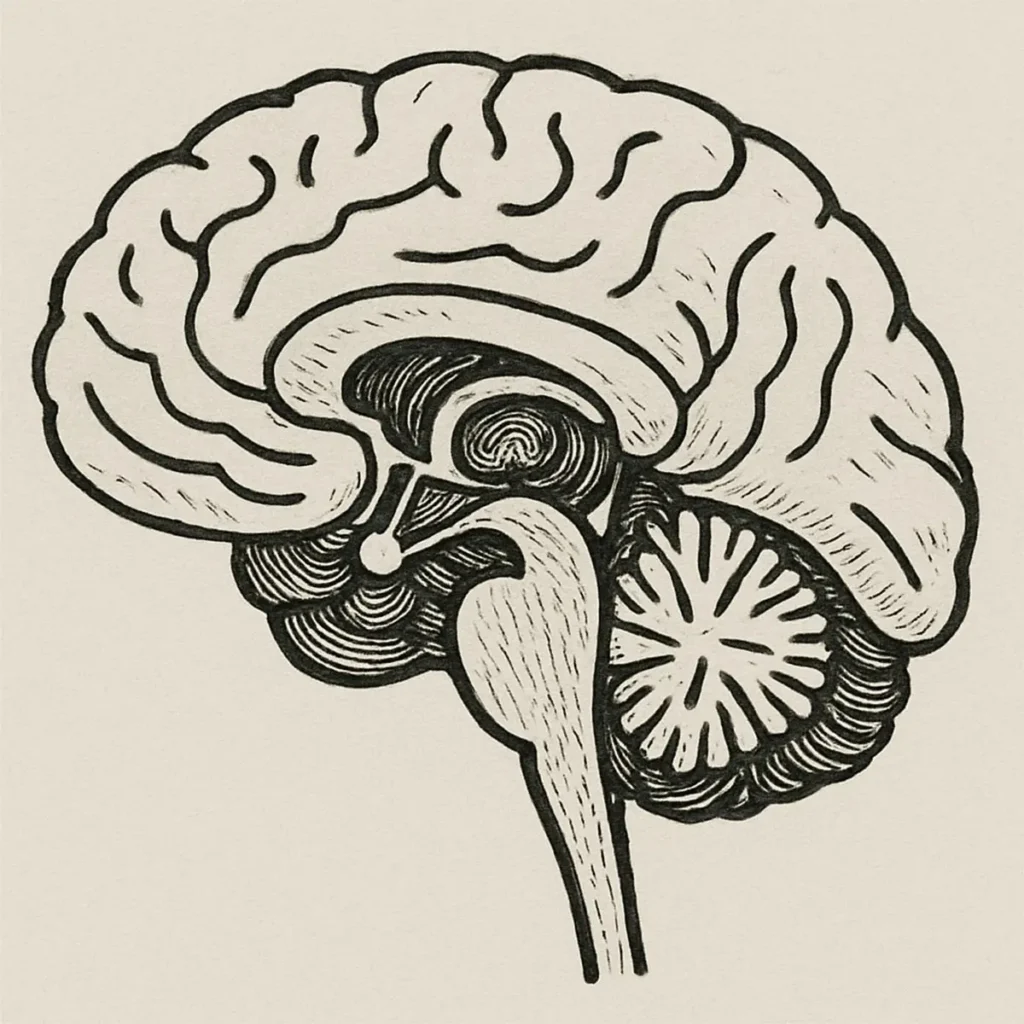
Processing through this form originated during evolutionary development and appeared early in its manifestation. Before infants develop language and complex motor control abilities their brains already start processing light, sound, gravity, and touch. Multisensory neurons in these subcortical regions discharge signals simultaneously which allows them to adjust each other’s outputs in order to establish a unified perception of bodily positioning and environmental demands.
Subcortical integration happens fast. Its timelines are measured in milliseconds. It does not wait for decisions. This process establishes the foundational conditions that determine if a decision can be made at all. The subcortical systems function in response when a person reacts to sound by turning or maintains balance after tripping and when they observe moving visual objects. The performance of foundational systems dictates if higher brain functions will activate or if they must intervene early due to base-level instability.
A Gateway to Higher Function
Subcortical systems operate without conscious direction but they remain integrated with cognitive processes. They are, in fact, its substrate. Sustaining attention and producing coherent speech along with smooth movement depend on receiving stable sensory input from foundational brain systems. If these foundational systems get damaged through injury or developmental problems, they lead to complex higher-order issues that stem from initial lower-level disruptions.
Patients with post-concussion syndrome often experience symptoms like dizziness and motion sensitivity together with disorientation. Problems with willpower or cognitive function represent disrupted neural integration between the midbrain and brainstem. Children with autism or ADHD frequently show poor focus and emotional control together with deficient multisensory integration at the subcortical level.
Treatment approaches that solely focus on cognitive retraining or behavioral management risk being ineffective for these symptoms. Top-level nervous system coherence will fail to develop if the foundational base remains unstable. Subcortical processing stands as the initial sensory engagement point and also serves as the essential prerequisite for subsequent processing levels.
The Role of Cortical Processing
Conscious Interpretation and Executive Function
The architecture of conscious experience emerges from cortical processing which builds upon the foundational work of subcortical processing. Reflection capabilities along with intention and symbolic understanding exist here. The cortex functions as the brain’s center for naming sensory input and storing learned information while deciding future actions.
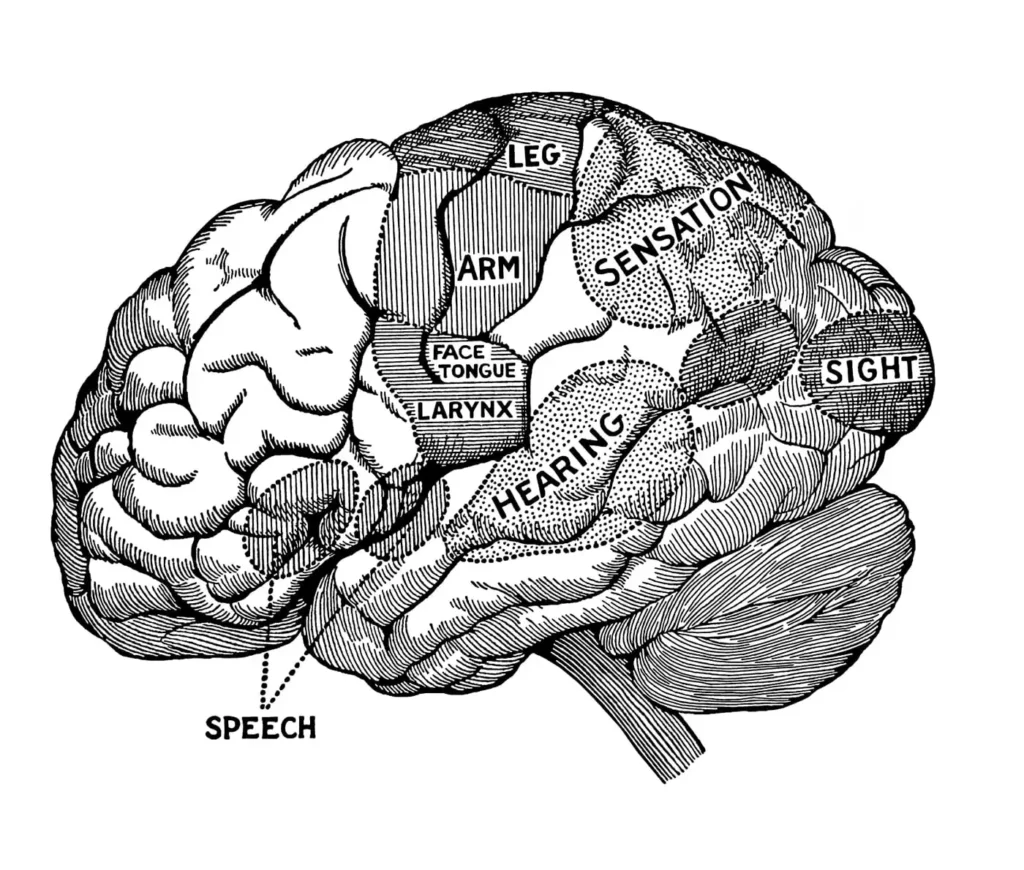
Cortical processing is inherently top-down. The cortex transforms incoming data beyond raw input by incorporating memory and language as well as expectations and contextual understanding. The acoustic phenomenon of sound reaches beyond simple frequency measurement to embody forms of communication like voices and warnings. The brain interprets a flash of light as a letter or a pattern while alerting to potential threats. The brain’s ability to interpret signals mainly exists within the parietal and prefrontal cortices which govern attention control, motor planning activities and higher executive functions.
Subcortical activity operates quickly and reflexively which stands in contrast to the slower and more deliberate cortical processing. The brain gains the ability to ignore distractions while controlling impulses and performing abstract thinking through this process. This capability allows humans to decode written language while solving complex problems and resisting immediate rewards. The effectiveness of cortical functions relies fundamentally on consistent sensory information from subcortical regions. Cortical functions become directionless when they lack consistent sensory input from subcortical regions.
When Cortical Strategies Fail
The brain’s higher-order processes become overloaded when they try to make up for irregularities in more basic brain functions. Patients recovering from brain injuries show this phenomenon clearly because basic activities like walking through a store or reading a paragraph lead to extreme fatigue. The brain’s cortex which specializes in complex thought functions is now required to handle basic sensory processing tasks. The result is cognitive overload.
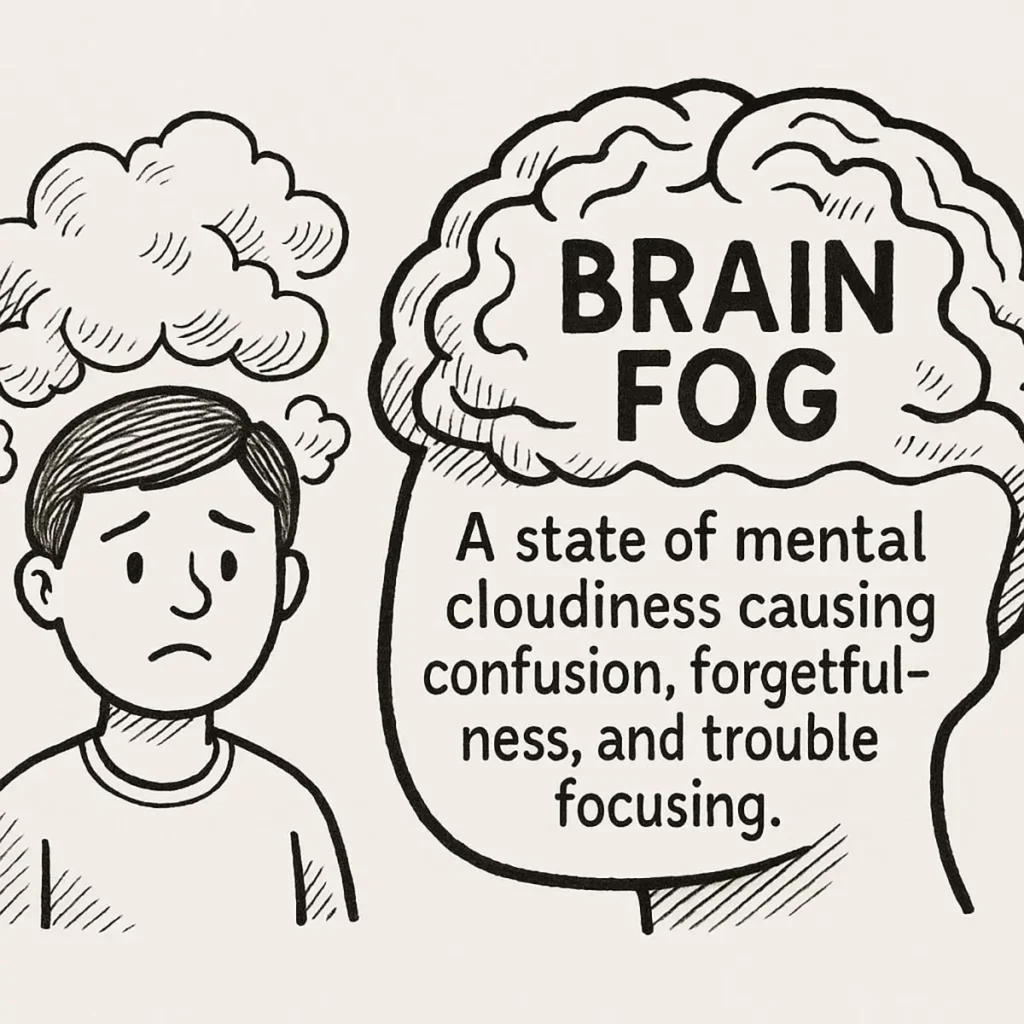
These people frequently report that they feel “in a fog” or “not present” because they find it difficult to filter noises and tolerate movements while trying to maintain focus in busy environments. These symptoms represent the brain’s higher-order systems being overloaded because basic automatic processes have failed. The cortex takes on additional tasks when subcortical networks fail to function properly.
When considering these symptoms interventions starting with top-down methods such as cognitive drills or executive function exercises risk failure. Patients receive instructions to concentrate and structure their thoughts before establishing the sensory foundation needed to support these functions. Resistance or gradual improvement does not always reflect patient non-compliance or the intensity of the condition. The difficulties encountered may indicate a misalignment between the steps taken during the process.
True healing doesn’t start with cognitive processes. It begins with sensation. Only when the base layers are activated and regulated can the upper regions of the brain resume their rightful role: The brain shifts from controlling chaos to understanding a world which has started to reveal its meaning.
Why the Distinction Matters in Rehabilitation
Bottom-Up Before Top-Down
The sequence of brain activation in therapy settings influences the therapeutic results. Introducing top-down interventions such as language tasks or problem-solving activities too soon can overload a system that struggles with basic sensory input alignment. Adding layers to an unfinished house foundation represents how premature top-down interventions fail when sensory channels are unstable. The result is collapse, not construction.
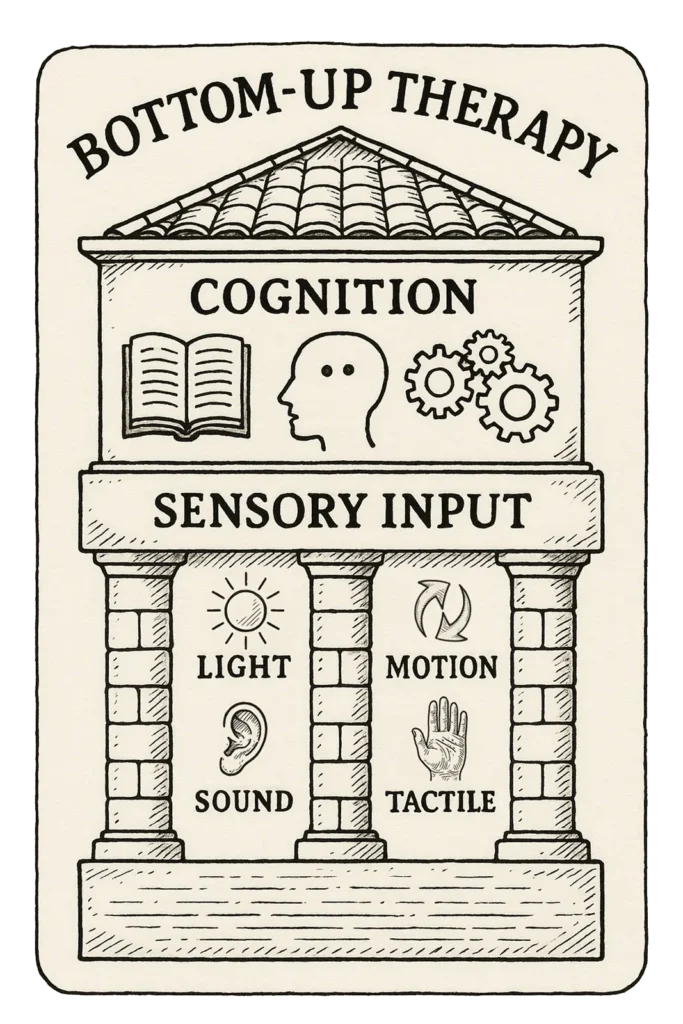
Bottom-up methods demonstrate particular effectiveness in this context. Optometric Multisensory Training (OMST) intentionally starts its approach with passive stimulation that does not require cognitive engagement. This approach synchronizes colored light with vestibular motion and combines auditory input and somatosensory signals in a steady rhythmic pattern. Participants undergo a process that requires them to receive rather than perform any actions. Through this act of receiving the subcortical brain becomes reactivated.
The stimulation provided affects multiple brain systems at once rather than targeting them one by one. The process unites light with movement and motion with sound while fusing sensation with spatial awareness. Through continued overlapping sensory experiences the brain regains its automated control functions. The brainstem and midbrain work together to create automatic stability which allows higher systems to stop emergency compensation and activate true executive processing.
Once these pathways reach stabilization top-down therapies can operate with much greater efficiency. Speech therapy becomes more accessible. Cognitive therapy feels less effortful. Integration rather than instruction leads to better balance. Once disconnected tasks cease to partition the brain it functions as a unified system.
Clinical Evidence Supporting Bottom-Up Emphasis
The results of bottom-up multisensory protocols demonstrate this sequence. Research indicates that OMST leads to quick, measurable progress in patients with post-concussion syndrome, autism, and ADHD and these improvements typically occur within a time span of thirty days. These changes are not subtle. Patients experience reduced motion sensitivity along with better sleep quality and enhanced emotional steadiness which leads to clearer thinking abilities.
Objective measures confirm the shift. The growth in visual evoked potential (VEP) amplitude demonstrates a restored state of cortical responsiveness. Functional color fields—used to track sensory integration—expand. Balance scores improve. Spatial misjudgment diminishes. The reduction of variability in these metrics demonstrates more than temporary progress by showing that neural processing has regained its reliable functioning.
These results demonstrate that natural sequence interventions enable the nervous system to reorganize itself with greater efficiency compared to isolated system treatments. Treatment modalities which follow the brain’s natural organization from subcortical to cortical and passive to active functions provide more than symptom relief. Therapies that follow natural brain development patterns create environments that enable healing to take place.
Integration as Restoration
Merging Subconscious and Conscious Streams
True healing means reconstructing coherence rather than simply removing symptoms. When systems that are designed to function together regain their natural balance they return to their optimal state of operation. Subcortical and cortical functions operate as interconnected rivers rather than isolated tracks. When aligned, their currents move in concert. When divided, they strain against one another.
Following trauma events which might occur quickly like a concussion or slowly like developmental delay the balance between these domains can split apart. The body operates automatically while the mind functions without assistance. The result is dysfunction that feels diffuse, inexplicable: Ordinary tasks become exhausting while emotional instability pairs with mental disorientation. The loss cannot be attributed to capacity but rather to integration.
OMST and similar restorative therapies integrate both streams without prioritizing one over the other. OMST therapies start with the subcortical structures because they represent the initial stage of processing, not because they are simpler to address. Their aim is to create a nurturing environment that allows cognition to flourish rather than circumvent it. The passive rhythms of light movement and sound help the nervous system reconnect with its natural rhythm. Over time, this steadiness ascends.

And when it does, something vital returns. After recovering from being overloaded the cortex returns to its dominant position but operates under reduced pressure. Speech flows where before there was halting. Thought organizes where before there was scattering. The person experiences enhanced well-being and a closer connection to their true self. The self has been repositioned within a brain that functions as a unified whole rather than targeting individual symptoms.
The optimal path to rehabilitation will not depend on choosing between passive and active methods or bottom-up and top-down approaches. The path toward effective rehabilitation emerges from understanding sequential processes and respecting bodily structure while reestablishing communication among self layers. Integration is not only a neurological process. The process signifies a profound restoration of complete unity.
